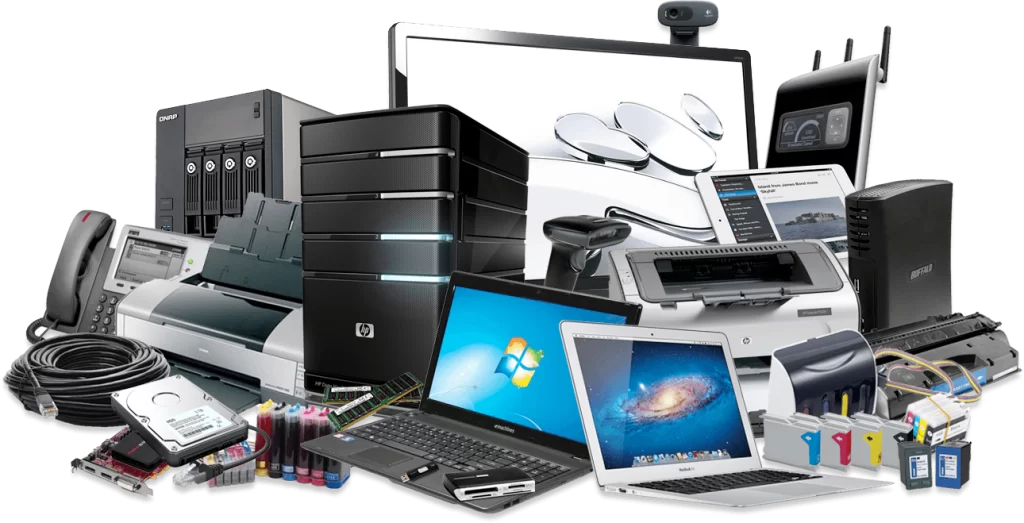The Ultimate Guide to Production Line Optimization

In today’s competitive marketplace, manufacturers constantly look for ways to optimize their production lines. After all, a well-oiled machine can mean the difference between profitability and bankruptcy.
This guide will explore some of the most effective ways to optimize your production line, from identifying inefficiencies to implementing lean principles. By the end, you’ll have all the tools you need to take your operation to the next level.
Evaluate Your Current Processes
To streamline your business and make it as efficient as possible, it’s essential to evaluate your current processes periodically. By taking a step back and looking at how things are currently being done, you can identify areas where your team wastes time or resources.
Once you’ve identified these areas of improvement, you can start brainstorming ways to streamline your process. Here are five ways to evaluate your current processes:
Examine Your Workflow
One of the best ways to evaluate your current processes is to examine your workflow. Are there any areas where tasks are being duplicated, or unnecessary steps are being taken? Are there any bottlenecks that are slowing down your operation? You can start making changes to streamline your workflow by identifying these areas of improvement.
Talk to Your Employees
Another great way to evaluate your current processes is to talk to your employees. They’re the ones who are on the front lines, so they likely have a good idea of what’s working and what isn’t. Ask them for their input on how things could be done better, and incorporate their feedback into your evaluation.
Conduct a Time Study
If you want a more quantitative understanding of how your current processes are performing, consider conducting a time study. This will involve timed observations of each task in your process to determine how long each takes. Once you have this data, you can start looking for ways to shorten the duration of each task.
Compare Your Processes to Others in Your Industry
It can be helpful to compare your current processes against those of other companies in your industry. See how they’re doing things and look for areas where you could improve.
Just make sure not to blindly copy what others are doing—remember, every company is different, and what works for them might not work for you – tailoring any changes you make to fit your company’s specific needs.
Use Process Mapping Tools
Consider using process mapping tools like flowcharts and diagrams to visualize how your process currently works. This can be a helpful way to spot any potential improvements that could be made. Once you’ve identified these areas, you can start brainstorming ways to streamline your process.
Implement Lean Manufacturing Principles
Optimizing your production line to stay ahead of the competition in today’s competitive marketplace is more important than ever. One of the most effective ways to do this is by implementing lean manufacturing principles.
Lean manufacturing is about eliminating waste to increase efficiency and quality. Many lean tools can achieve this, and you can significantly improve your bottom line by implementing lean principles throughout your operation.
What is Lean Manufacturing?
Lean manufacturing is a methodology that focuses on eliminating waste in all forms to increase efficiency and quality. The goal of lean is to provide the customer with more value while using fewer resources. Many lean tools can achieve this, including 5S, value stream mapping, and kaizen.
Invest in New Technology
In today’s fast-paced world, manufacturers must constantly innovate to stay ahead of the competition. One way to do this is by investing in new technology for your production line. This could include anything from:
- 3D Printers: These can quickly and efficiently produce prototypes and finished products.
- Robotics: Automated robots can take over repetitive tasks, freeing employees for more value-added work. They also have the potential to increase accuracy and reduce errors.
By investing in new technology, you can:
- Make production more efficient: Investing in new technology can improve production output and balance your production line. This frees up employees for more value-added work and reduces the potential for human error. Some technologies that can balance the production line include production line balancing software like LineView.
- Improve Quality Control: Investing in new technology can also improve quality control on the production line. For example, a computerized system for tracking and inspecting products can ensure that only high-quality products are sent out to customers. Additionally, automation can reduce the chance of human error, leading to better overall product quality.
- Reduce Lead Times: New technology can also lead to reduced lead times on the production line by increasing efficiency and streamlining processes. Automation can speed up repetitive tasks, and computerized inventory systems can prevent delays caused by shortages or missing materials. In turn, this can lead to a better overall customer experience and improved profitability for the company.
Train Your Employees
Employees are one of any company’s most important assets—including manufacturers. If your employees are not properly trained on how to use your equipment or operate within your processes, it can lead to inefficiencies and errors. That’s why investing in employee training early and often is so important.
By ensuring that your employees have the knowledge and skills they need to do their jobs effectively, you can minimize problems and maximize productivity on your production line.
Why is Training Important?
There are many reasons why employee training is so crucial in a manufacturing setting.
First and foremost, safety is always a top priority. If your employees are not properly trained on how to use the equipment, they could be putting themselves—and others—at risk of injury.
In addition, by providing proper training, you can help reduce the chances of equipment being damaged or broken. Improper use is one of the leading causes of equipment malfunctions.
In addition to safety concerns, there are also financial considerations to consider. When your employees are properly trained, they can work more efficiently and effectively. This means that mistakes will be less common, and production line downtime will be minimized. In other words, investing in employee training can help you save money in the long run!
Finally, it’s worth noting that happy employees tend to be more productive employees. If your team feels confident in their abilities and comfortable with their expectations, they will be more likely to perform at a high level. Therefore, employee training is essential to building a positive company culture—which is good for business.
Conclusion
There are various ways to optimize your production line—from identifying inefficiencies to implementing lean principles—but perhaps the most important thing to remember is that optimization is an ongoing process. To stay ahead of the competition, manufacturers must continuously evaluate their processes and look for ways to improve them.
Following the tips outlined in this guide, you can take your production line optimization efforts to the next level and keep your operation running smoothly for years to come.




